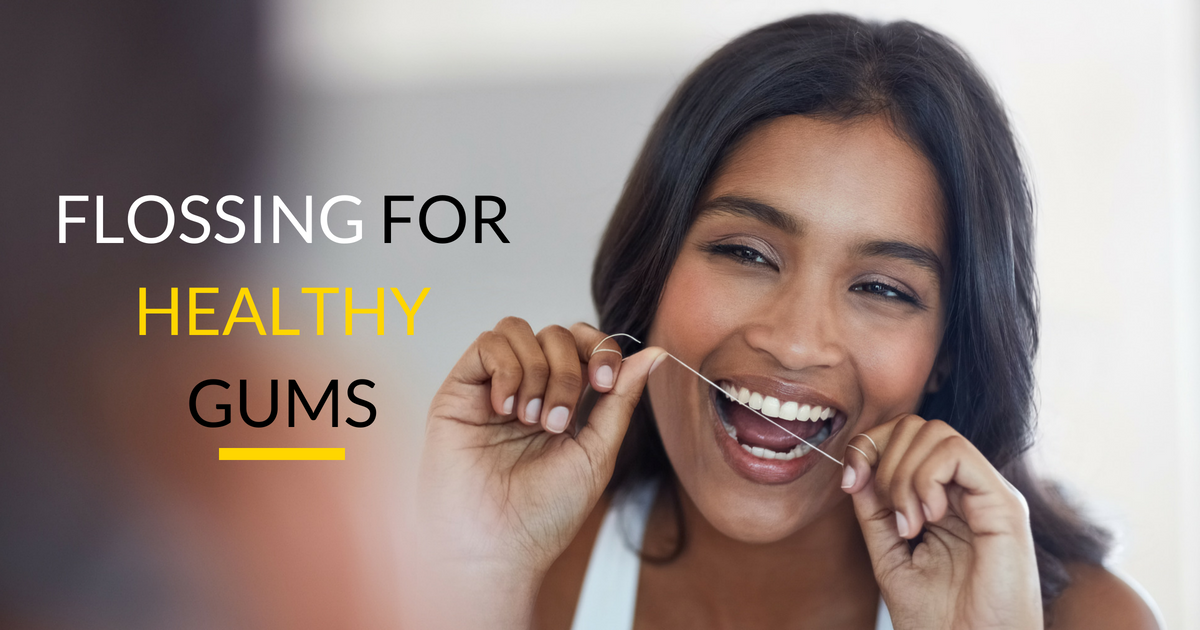Flossing is an essential part of a healthy dental routine. But if you’ve noticed your gums bleeding after flossing, your routine may suddenly make you nervous. It’s important to understand why this is happening so you can prevent it in the future. Keeping your teeth and gums healthy is a vital part of your overall health. Forest Edge Dental discusses why your gums may be bleeding and how to combat this.
Why Do Gums Bleed?
Bleeding gums are the first sign of gum disease, or gingivitis. Gum disease is caused by a buildup of plaque in between your teeth. More plaque on the gums causes gums to recede, or pull away from the teeth. As the gums move away, a bigger space is created where more plaque can grow. The longer teeth go uncleaned, the worse the problem can get. Bleeding gums are sensitive gums, and gum sensitivity is an early sign of too much plaque buildup. Understanding your situation will help you understand why bleeding gums are happening to you.
Improve Your Flossing to Prevent Bleeding
1. You’ve just started flossing. Starting to floss after not flossing for a long period of time can cause your gums to bleed. Your gums may be suffering from gingivitis, causing sensitivity. The best way to decrease sensitivity is to continue gently flossing, keeping your teeth clean and giving your gums room to heal. The ADA estimates that your gums will stop bleeding after about one week of regular flossing. After one week, it’s important to continue flossing so the problem does not occur again.
2. You’re not flossing properly. Flossing isn’t something you can be lazy about. It’s important to not only floss in between your teeth, but also to floss in between the area where your tooth connects to your gums. This requires bringing the floss higher up along the side of the tooth. It may feel uncomfortable at first, but flossing this way ensures you are removing all plaque from your teeth.
3. You’re being too rough. As your gums heal, you may want to try using gentler flossing methods. Start by looking for floss or floss picks that are labeled as gentle or for sensitive gums. These are easy to find in most drug stores. If you are looking for something even more gentle, consider getting a water pick. This device is similar to a tool you might find at the dentist, and uses a thin stream of water to flush out all the food and plaque from in between your teeth. Your dentist will help show you how to properly use a water pick.
4. Talk to Your Hoffman Estates Dentist. As with any dental concern, it’s important to tell your dentist that you’ve been having trouble with bleeding gums. Your dentist can teach you how to properly floss, and offer advice that is specific to your mouth and your health. Dentists can also determine if there is a more serious issue going on in your mouth. Discussing your concerns can help prevent any problems from getting worse. Also, don’t forget to keep up with your six month dental check-ups at Forest Edge Dental!
Whatever you do, don’t give up flossing completely if your gums are bleeding. This will only allow more plaque to grow on your teeth and gums, making the issue worse. Continue with a gentle flossing routine, and your gums will soon be stronger than ever.


